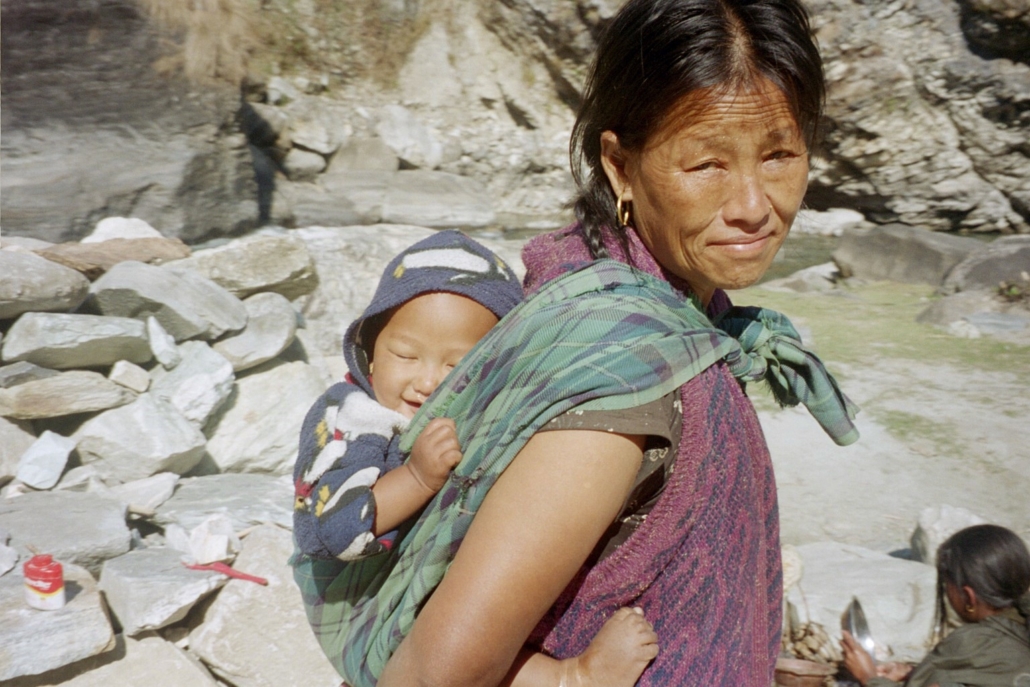USAID Saves Thousands of Babies
 Roughly 2.76 million newborns die each year, with preventable infections causing at least 15% of those deaths. For instance, a baby’s cut umbilical cord could allow bacteria to enter their body, leading to life-threatening newborn sepsis. To avoid neonatal deaths like this, cord stump care at birth is critical, particularly in settings with poor hygiene. Thankfully, with national assistance, USAID saves thousands of babies in Nepal and other countries around the world.
Roughly 2.76 million newborns die each year, with preventable infections causing at least 15% of those deaths. For instance, a baby’s cut umbilical cord could allow bacteria to enter their body, leading to life-threatening newborn sepsis. To avoid neonatal deaths like this, cord stump care at birth is critical, particularly in settings with poor hygiene. Thankfully, with national assistance, USAID saves thousands of babies in Nepal and other countries around the world.
There is a low-cost, easily manufactured and easily distributed life-saving solution that the World Health Organization (WHO) recognized in 1998 as a suitable antiseptic for cord care. Commonly found in mouth wash and hand sanitizers, chlorhexidine is an antiseptic gel that USAID helped produce for nations with the greatest need since 2002. Nepal was the first nation to adopt chlorhexidine on a large scale. USAID’s efforts, as well as cooperation with the Government of Nepal and its private sector, are responsible for lowering the infant mortality rate significantly. USAID saves thousands of babies around the world.
Chlorhexidine “Navi” Care Program
USAID’s Chlorhexidine “Navi” Care Program, implemented by John Snow Inc. (JSI), provides technical assistance to the Government of Nepal to scale up the use of chlorhexidine through resources and education. The six-year, $3.9 million program had two phases. The first phase occurred from October 2011 to September 2014 in 49 out of 75 of Nepal’s districts. Phase two started in October 2014 and brought chlorhexidine to all districts. The program found funding as a part of USAID’s “Saving Lives at Birth: A Grand Challenge for Development.”
The Nepali government strongly advocated for this scale-up. The administration incorporated single-use chlorhexidine tubes into its maternal and child health packages. In addition, it also trained health care workers for use of the antiseptic. Nurses began to use chlorhexidine at birthing centers across the country. They apply the antiseptic to the umbilical stump immediately after the cut. Its use in Nepal decreased newborn infections by 68% and decreased newborn deaths by 24%. Chlorhexidine for cord care thus became an integral part of maternal and infant health programs. Through the implementation of its new programs like this, USAID saves thousands of babies.
According to the Bill & Melinda Gates Foundation, Dalberg Global Development Advisors and the Boston Consulting Group, it usually takes more than a decade for global health innovations to develop in low and middle-income nations. In Nepal, it took around five years.
The success of USAID’s Navi Care Program is attributed to its partnering with the Government of Nepal and various organizations. USAID’s partners include MoHP, Save the Children, Plan International, Health For Life (USAID), UNICEF, One Heart Worldwide and PSI. Future initiatives should replicate USAID’s coordinated effort due to this program’s monumental success.
Nepal’s Success Serves as a Model for Others
Other nations have taken notice of Nepal’s health improvements and how USAID saves thousands of babies. Many nations sent their leaders and officials to speak with those who worked on the program to expand the use of chlorhexidine in their own countries. Following Nepal as a model, these nations have planned trials with the antiseptic gel. All program-related materials are public, supporting the global trend. As a result, Nigeria, Bangladesh, Pakistan and the Democratic Republic of Congo have begun the process of scaling up chlorhexidine to reduce newborn death rates. In particular, Nigeria has made substantial progress.
USAID’s efforts to lower infant mortality rates yielded fruitful results from a single and simple solution. As a result, it inspired efficient innovation elsewhere. This program was a tremendous global success, as USAID saves thousands of babies and makes the world a healthier place. USAID’s programs will hopefully continue to work with the governments and organizations in low- and middle-income nations to achieve the optimal adoption of healthcare initiatives.
– Mia McKnight
Photo: Wikimedia Commons
